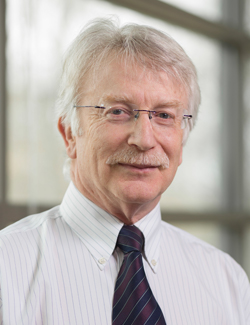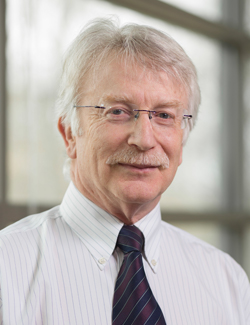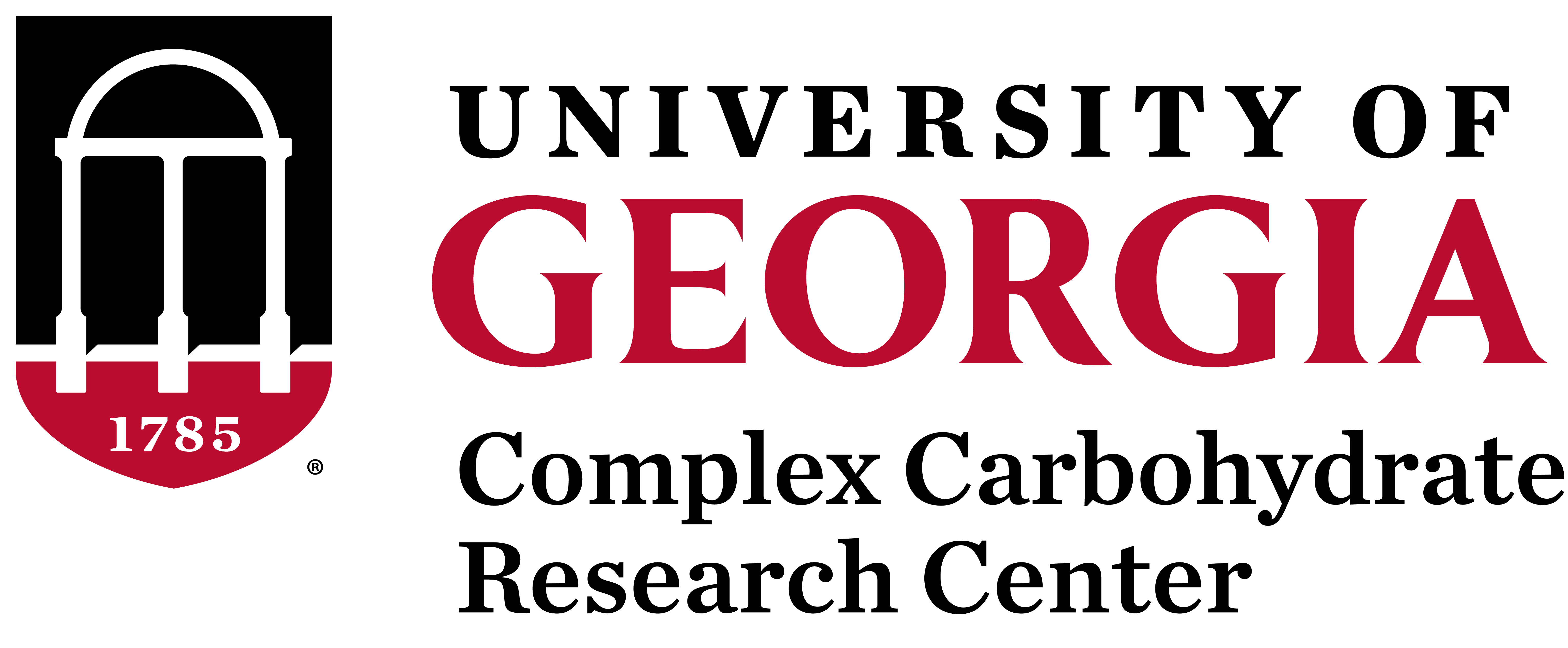Alan Darvill


Short Biography:
Alan Darvill received his B.S. in plant biology in 1973 from Wolverhampton Polytechnic (England) and his Ph.D. in plant physiology in 1976 from the Aberystwyth (Wales). He founded the CCRC with Dr. Peter Albersheim in September 1985. Dr. Darvill is Director Emeritus of the CCRC, former Director of the Department of Energy (DOE)-funded Center for Plant and Microbial Complex Carbohydrates, and was University of Georgia lead in the DOE-funded BioEnergy Science Center. He was elected chairman for 1994-95 of the Carbohydrate Division of the American Chemical Society, and was appointed a member in 1993 and chairman in 1996 of the Martin Gibbs Medal Committee of the American Society of Plant Physiologists. He served on the editorial boards of Glycobiology and of the Plant Journal for Cell and Molecular Biology. Dr. Darvill received the Outstanding Faculty Award of the UGA Chapter of the Golden Key National Honor Society in 1995. In 2003, Dr. Darvill was appointed Regents Professor of Biochemistry and Molecular Biology and Senior Faculty Fellow. In 2008, he was appointed to the University of Georgia Research Foundation Board, and in 2010 was named Fellow of the American Association for the Advancement of Science. Full publications: 220.
Research Interests:
Characterization of the non-cellulosic polysaccharides that constitute the primary cell walls of plants has been a major research goal of our laboratory for many years. We have emphasized the structural studies of five major non-cellulosic polysaccharides, namely, the pectic polysaccharides rhamnogalacturonan I (RG-I), rhamnogalacturonan II (RG-II), and homogalacturonan, and the hemicellulosic polysaccharides xyloglucan and arabinoxylan. We have characterized the structures of these polysaccharides isolated from angiosperm and gymnosperm cell walls. We have come to realize that these polysaccharides are the predominant non-cellulosic polysaccharides of cell walls. These polysaccharides, although varying in quantity in the cell walls of angiosperms and gymnosperms, are structurally conserved, indicating their importance in primary cell wall structure and function.
These cell wall, non-cellulosic polysaccharides represent a group of carbohydrates with considerable structural complexity that offer a major challenge to those wishing to decipher their structures. RG-II, for example, is probably the most structurally complex polysaccharide so far isolated from nature. RG-II was first discovered to be a component of the primary cell walls of plants by our laboratory in 1978 and has now been found in the walls of angiosperms, gymnosperms, lycophytes, and pteridophytes. RG-II is a small polysaccharide consisting of approximately 30 glycosyl residues. However, this polysaccharide contains at least 12 different glycosyl residues linked together in over 20 different glycosyl linkages. RG-II is characterized by several unusual sugar components including 2-O-methyl fucose, 2-O-methyl xylose, apiose, 3-C-carboxy 5-deoxy-L-xylose (aceric acid), 3-deoxy-D-manno-2-octulosonic acid (KDO), and 3-deoxy-D-lyxo-2-heptulosaric acid (DHA). Both aceric acid and DHA have been found in no natural source other than RG-II.
We have characterized oligosaccharide fragments of RG-II that contain 28 of the possible 30 glycosyl residues of this pectic polysaccharide. We have obtained evidence that the backbone of RG-II consists of seven a-1,4-linked galactosyluronic acid residues to which two disaccharide, one heptasaccharide, and one octasaccharide side chains are attached. These side chains are attached to the backbone via the acid labile ketosidic and glycosidic linkages of KDO, DHA, and apiose. The demonstration that RG-II exists in primary walls as a dimer that is covalently cross-linked by a borate diester was a major advance in our studies of this polysaccharide. Dimer formation results in the cross-linking of the two homogalacturonan chains upon which the RG-II molecules are constructed and is required for the formation of a three dimensional pectic network “in muro” (Annual Review of Plant Biology, 2004, 55:109-139).
Research in our laboratory continues to emphasize the structural characterization of the non-cellulosic polysaccharides of cell walls. The availability of cell wall mutants is assisting us in these structural studies. Structural analysis is accomplished by release of polysaccharides from cell walls and generation of defined polysaccharide fragments with purified enzymes or chemical treatments, chromatographic purification of the oligo- and polysaccharides, chemical structural characterization techniques, and a combination of several analytical techniques including gas-liquid chromatography, liquid chromatography, gas-liquid chromatography-mass spectrometry, liquid chromatography-mass spectrometry, MALDI-TOF mass spectrometry, and 1H- and 13C-NMR spectroscopy.
We are also collaborating with Dr. Michael Hahn in the production of monoclonal antibodies to cell wall polysaccharides and the oligosaccharides derived from these polysaccharides. These antibodies will be used in both purification of oligosaccharides and, more importantly, to begin to decipher the arrangement and location of the polysaccharides within the primary cell wall using monoclonal labeling of specific epitopes on the wall polysaccharides.
